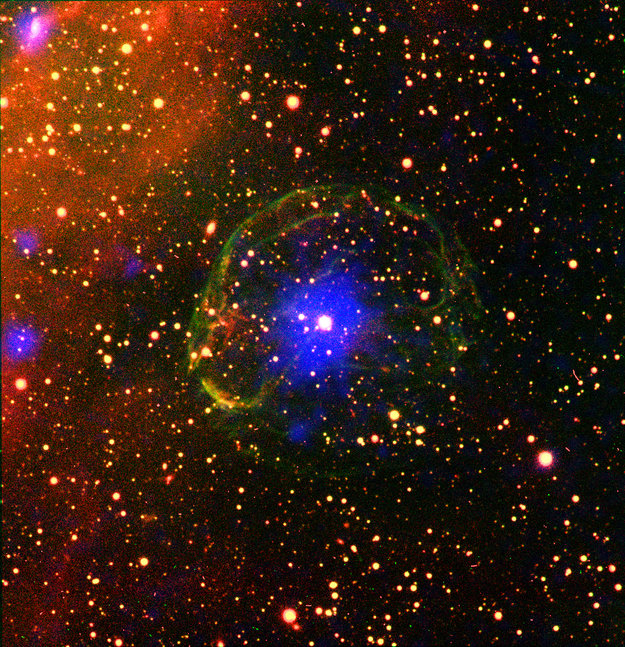Thank You, Earthlings
It's been called "the world's biggest selfie." We're not going to lie: We
call it "a little overwhelming."
At NASA, we just wanted a way to reach out to people everywhere around the
globe to celebrate Earth Day. So we asked people to post a selfie in response to
a simple question, "Where are you on Earth Right Now?" More than 50,000 photos
streamed in, and the end result is our global selfie, comprised of 36,422 of
those photos.
You can find the full, 3.2 gigapixel mosaic here:
This is an important year for NASA Earth science. At a time when our planet
is changing, five new NASA missions are launching to space to help provide a
clearer view and better understanding of Earth.
We thank you, one more time, for stepping outside this Earth Day and helping
us create awareness of -- and a new way of looking at -- our home planet.
You can find out more about NASA's Earth science activities in 2014 here:
NASA Announces Briefing on New Mission to Track Global
Carbon Dioxide
NASA will hold a media briefing at 2 p.m. EDT Thursday, June 12, at the NASA
Headquarters James E. Webb Auditorium in Washington to discuss the upcoming
Orbiting Carbon Observatory-2 mission.
The briefings will be broadcast live on NASA Television and streamed on the
agency's website.
OCO-2, NASA’s first spacecraft dedicated to studying carbon dioxide, is set
for a July 1 launch from Vandenberg Air Force Base in California. Its mission is
to measure the global distribution of carbon dioxide, the leading human-produced
greenhouse gas driving changes in Earth’s climate. OCO-2 replaces a nearly
identical spacecraft lost in a rocket launch mishap in February 2009.
The briefing participants are:
-- Betsy Edwards, OCO-2 program executive with the Science Mission Directorate at NASA Headquarters in Washington
-- Ralph Basilio, OCO-2 project manager with NASA’s Jet Propulsion Laboratory (JPL) in Pasadena, California
-- Mike Gunson, OCO-2 project scientist at JPL
-- Annmarie Eldering, OCO-2 deputy project scientist at JPL
-- Betsy Edwards, OCO-2 program executive with the Science Mission Directorate at NASA Headquarters in Washington
-- Ralph Basilio, OCO-2 project manager with NASA’s Jet Propulsion Laboratory (JPL) in Pasadena, California
-- Mike Gunson, OCO-2 project scientist at JPL
-- Annmarie Eldering, OCO-2 deputy project scientist at JPL
Media may ask questions from participating agency centers or by telephone. To
participate by phone, reporters must send an email providing their name,
affiliation and telephone number to Steve Cole at stephen.e.cole@nasa.gov by noon
Thursday.
Media and the public also may ask questions during the briefing on Twitter
using the hashtag #AskNASA.
OCO-2 is one of five NASA Earth science missions scheduled for launch in
2014. NASA monitors Earth's vital signs from land, air and space with a fleet of
satellites and ambitious airborne and ground-based observation campaigns. NASA
develops new ways to observe and study Earth's interconnected natural systems
with long-term data records and computer analysis tools to better see how our
planet is changing. The agency shares this unique knowledge with the global
community and works with institutions around the world that contribute to
understanding and protecting our home planet.
For more information about NASA's Earth science activities in 2014,
visit:
JPL manages the OCO-2 mission for NASA’s Science Mission Directorate in
Washington. JPL is managed for NASA by the California Institute of Technology in
Pasadena.
For NASA TV streaming video, downlink and updated scheduling information,
visit:
For more information about NASA’s Orbiting Carbon Observatory-2, visit:
NASA
Guillermo Gonzalo Sánchez Achutegui












